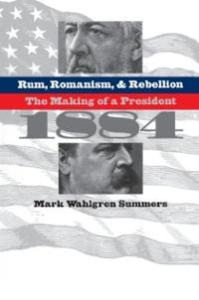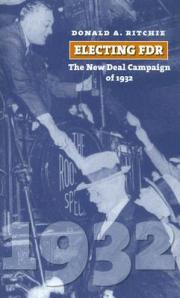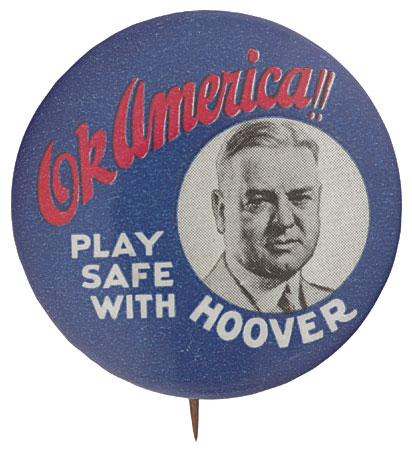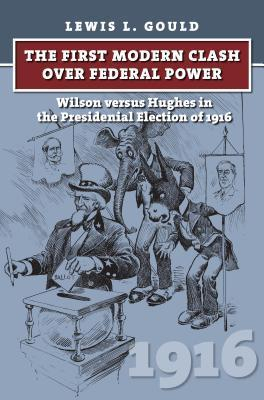 For an election that was very close and conducted in the increasingly large shadow of a devastating war in Europe, the Presidential Election of 1916 is little remarked on or studied. Finding a book on it was hard and the author of this even admits it.
For an election that was very close and conducted in the increasingly large shadow of a devastating war in Europe, the Presidential Election of 1916 is little remarked on or studied. Finding a book on it was hard and the author of this even admits it.
What did I know about the election before it started?
- Woodrow Wilson campaigned on the slogan of “He Kept Us Out of War.” (That’s true, although there were other issues.)
- Republican nominee Charles Evans Hughes lost the decisive state of California because he snubbed California governor Hiram Johnson at a hotel somewhere. (That’s not quite true.)
- When Hughes went to sleep on Election Night (November 7, 1916), the press corps asked for a statement and supposedly a Hughes aide said, “The President has retired for the night.” And then a wisecracking reporter said, “When he wakes up, tell him he’s not President anymore.” (That’s not true either.)
The story of the 1916 election was started in 1912 when Woodrow Wilson, a Democrat, won the Presidency in a three-way race over incumbent Republican William Howard Taft and insurgent Progressive former President Theodore Roosevelt. With the Republican vote split, Wilson won easily. The Republicans were unhappy and immediately viewed Wilson’s election as illegitimate.
Wilson hit the ground running when he got into the White House and pushed through matters like the establishment of the Federal Reserve System, lowering tariffs, instituting an income tax, and also establishing some eight-hour day work rules. Wilson also re-instituted racial segregation in Federal workplaces. And he sent the Army to try to influence the Mexican Revolution. It was a mixed bag.
Furthermore, Wilson’s wife died. He soon remarried, which rubbed some people the wrong way. Wilson was the third President to get married while in office, after John Tyler and Grover Cleveland. Wilson might have had at least one extramarital affair in his life too.
The Republicans hated Wilson, but were dismayed because they expected him to be totally incompetent. And, judging by how Democratic politicians were after the Civil War, that was not a big leap of faith. No Democratic President had won reelection since Andrew Jackson in 1832.
One major problem for the Republicans was finding a candidate. The most famous Republican was Roosevelt. However, Roosevelt was aging quickly, getting sick, putting on weight, and very likely suffering from mental illness. Roosevelt hated Wilson and also did not like Wilson’s tepid replies to German submarine warfare. Party regulars did not like Roosevelt for taking on Taft in 1912 and handing the White House to Wilson.
There weren’t many other suitable candidates from the states where most Republican nominees came from. New York had a popular former governor in Charles Evans Hughes. The problem was that Hughes was on the Supreme Court. A sitting justice had never run for President.
Republican party leaders persuaded Hughes to run for President. Hughes was told that he was very likely to win as Wilson was not as popular as his 1912 margin of victory indicated.
So, Hughes resigned his spot on the bench in 1916, allowing Wilson to name a second justice that year. (The first was Louis Brandeis, the second was John Clarke. One was much more famous than the other.) The Republicans decided to have Charles Fairbanks, Roosevelt’s Vice President, run as Hughes’ running mate.
Hughes and the Republicans ran a poor campaign. They all failed to realize what the people were interested in. Hughes focused in on one topic: the tariff. Hughes wanted to raise the tariff. He loved to talk about tariffs. He would go on for an hour or so to crowds about the importance of tariffs. The idea was pretty much a nonstarter.
The Republicans wanted Hughes to mend fences with former Progressives in the West to bring those states back into the fold. Hughes took a trip to California and ignored the incumbent governor, Hiram Johnson, for the whole trip (not just at one hotel in Long Beach.) The establishment Republicans in California ran the Hughes campaign in the state. They ran it so poorly that Wilson won the state, the first Democratic win in California since 1892.
The War in Europe ended up being the biggest issue. Hughes did not speak about foreign affairs during the campaign (although he would later become an effective Secretary of State). Wilson portrayed his leadership as level-headed and calm, while Hughes was depicted as someone who would just follow Roosevelt’s bellicose rhetoric into a deadly war.
It is true that on Election Night, the Republicans were ahead, but several states were undecided, most notably California. The Democrats weren’t able to claim victory until November 8, 1916, and Hughes didn’t concede until November 22. (Which Wilson didn’t like, but remember that deep down Woodrow Wilson was what we today would call “an asshole.”) Wilson ended with 277 electoral votes to Hughes 254 and a 3% edge in the popular vote nationwide.
Gould claims that the 1916 election was the first one where the Democrats and Republicans started to align themselves less on a regional basis (although the results map might make you think differently) and more along like ideological lines. The Republicans wanted voters to believe that they were the safe, conservative choice that would keep America strong and safe. The Democrats were opting to align themselves with labor and women. (But not African-Americans, the party had a lot of people who were pro-racism.) But, with Wilson and the Democrats co-opting much of the Progressive platform, the parties were starting to change. It would take the Great Depression and the New Deal to finally shift things around for good.
Wilson’s second term in office would not go well. The U.S. entered what would become World War I in April of 1917. The Republicans regained control of Congress and blocked ratification of the Treaty of Versailles, which set up the League of Nations. Wilson suffered a paralytic stroke and made few public appearances before leaving office in 1921. Wilson was still a bit angry that he didn’t get nominated for a third term, despite being very ill.
Miscellany —
- Wilson won New Hampshire by 56 votes. It was the only New England State he carried.
- Democrats won every state in the Great Plains and the Rockies, except for South Dakota and Oregon.
- The Republicans held 13 primaries in 1912 and expanded that to 15 states in 1916, but they failed to make much of an impact. The leading vote getter was Pennsylvania Governor Martin Brumbaugh, who won his home state.
- Hughes did not resign his seat until he was formally nominated by the Republican Convention. He managed to win two primaries while still a member of the Supreme Court.
- This was the last election before women were granted full suffrage in the United States. Twelve states allowed women to vote in 1916, ten of them voted for Wilson.
- Woodrow Wilson and Bill Clinton are the only two Presidents to win two Presidential elections without getting over 50% of the popular vote either time.
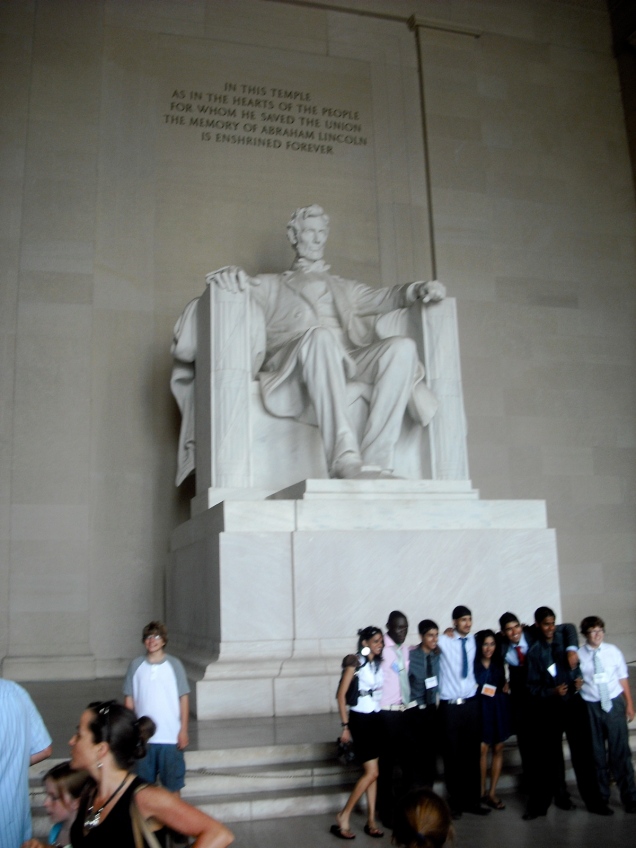 This blog has now had a mention in the
This blog has now had a mention in the 